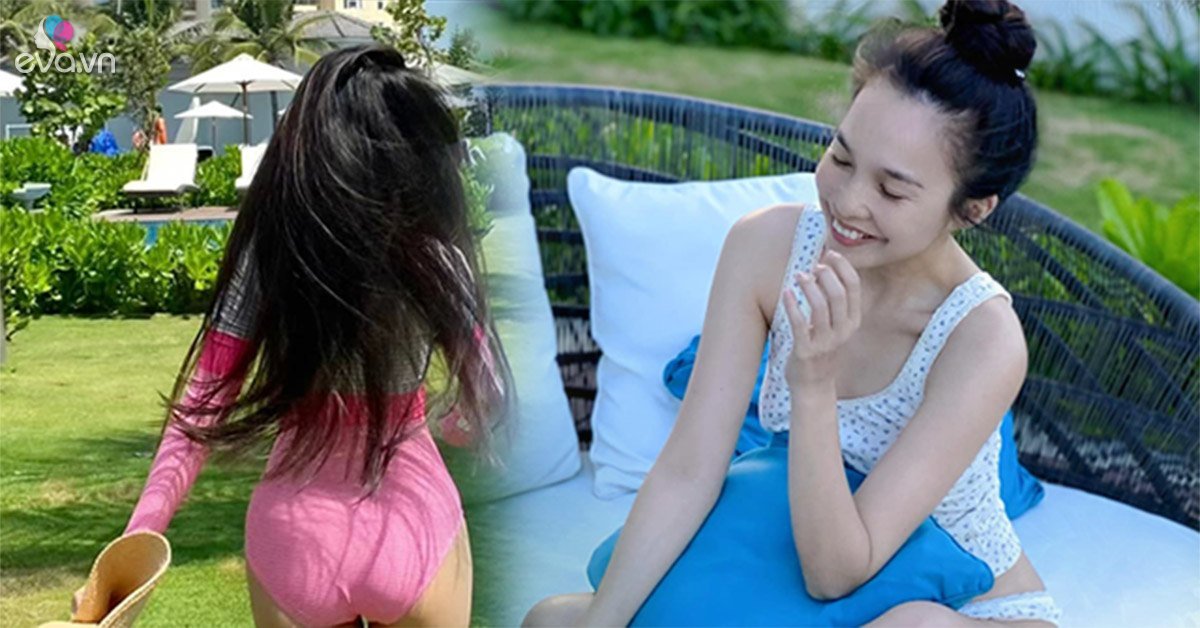Paintings to renew masterpieces of Northern Song Dynasty cost more than 47 million USD
The work created by Truong Dai Thien, a masterpiece of the Northern Song Dynasty – “Thien Ly Giang Son” by Vuong Hy Manh – was sold for $47.2 million.
Painting Landscape after Wang Ximeng was introduced in Sotheby’s “Fine Chinese Paintings” session on April 30 with a starting price of HKD 40 million ($5.1 million). After 18 minutes with more than 50 bids, the painting was bought by an Asian collector for HKD 370,495,000 ($47.2 million). This number broke the auction record of Truong Dai Thien, becoming Sotheby’s highest priced Chinese calligraphy and painting work of all time.
Thien Ly Giang Son This is the only work handed down by painter Wang Ximeng of the Northern Song Dynasty, currently on display at the Palace Museum in Beijing. The painting is 12 m long, depicting mountains and rivers, magnificent landscapes. January-February 1948, Truong Dai Thien lived in Chieu Giac Pagoda in Chengdu and painted a picture based on his masterpiece by Vuong Hy Manh. At that time, Dai Thien had excellent pen, was at the peak of creating elaborate and meticulous traditional landscape paintings.

Painting by Truong Dai Thien, ink and color on silk, hanging scroll, size 133.6 x 72.8 cm. Image: Sotheby’s
Wang Ximeng’s “Tian li Jiangshan”, 0.5 m high and nearly 12 m long, is one of the most massive works of Chinese art. Video: YouTubeArtShare
Above ThevalueDiep Trac Man – Head of Sotheby’s Modern Chinese Painting and Calligraphy – commented that although Truong Dai Thien’s work is called a “fake”, in fact the author “borrowed the theme to tell his story”. “.
Vuong Hy Manh’s work is 12 m wide, using a three-point dispersion perspective, depicting the scenery of rivers and mountains thousands of miles away. While Dai Thien’s paintings change to a vertical composition, set on both sides of the river, the large foreground makes the viewer seem to be looking at the distant mountains, the beautiful scenery in the painting becomes even more distant and vast.
Truong Dai Thien removed the iconic mountain ranges of the original, instead using the sprawling landscape often seen in Jiangnan landscape paintings, as well as the style of painter Dong Nguyen. By the winding river, under the old trees, two scholars and servants strolled. On the left ledge, a man stood looking out into the distance, where blue waves followed, a sailboat and birds on the horizon. Characters are cleverly put into the picture to attract the viewer’s attention. The layout creates a relaxed and peaceful space, highlighting the immensity and infinity of the mountains and rivers.
The original painting is a dark green and blue landscape, while Truong Dai Thien adds yellow and blue. The horizon, the mountain face and the slopes – places of earth color, covered with a rich decorative yellow color. The painting style is said to break with the style of Wang Ximeng of the Northern Song Dynasty, coming closer to the yellow and green landscapes of the Tang Dynasty.
When drawing water ripples, Vuong Hy Manh only uses ink to sketch, while Dai Thien adds cold gold lines on the ink strokes to create a sparkling feeling.

Landscape in the original by Vuong Hy Manh (left) and painted by Truong Dai Thien. Image: Sotheby’s
Dai Thien first introduced his work in a solo exhibition in Shanghai in 1948, on the occasion of his 50th birthday. Then, in 1983, when the artist died, the painting was displayed at an exhibition at the Shanghai Museum. Hai and the National Museum of Art of China. The painting was then in the collection of businessman Ton Chi Phi, not being introduced to the public until it was put up for auction.
According to The Paper, Truong Dai Thien’s blue landscape paintings were first seen in the 1930s. The artist spent a lot of time and effort to learn about famous landmarks and works to paint. His skill reached a point of maturity in the 1940s. The artist selected quintessence from the various works of his forebears and created his own version.
Truong Dai Thien (1899-1983), real name Truong Chinh Tac, is the eighth child in a family of 12 children in Sichuan. From a young age, he was exposed to art through his mother – painter Tang Huu Trinh. His paintings combine the East and the West, bearing his own stamp, and have been introduced in many museums around the world. In addition to painting, he is also talented in composing poetry. He is one of the most famous Chinese artists of the 20th century. Dai Thien has the best-selling paintings in the world, surpassing Picasso. In 2011, 1,371 of his works sold for $554 million. In 2016, the picture Peach garden His property sold for HKD 270 million ($34.5 million) – setting a personal record at the time.
Fine Chinese Paintings presents 200 exquisite, modern Chinese paintings from different collections. Painting Wisteria by Ngo Quan Trung ranked second with a price of 14,290,000 HKD (1.8 million USD). Work Ha Son imported graphics by Li Kharan reached 10,660,000 HKD ($1.36 million), the picture Lotus in the wind of Truong Dai Thien reached 8,190,000 HKD (1.04 million USD). Total revenue was 517,923,300 HKD (nearly 66 million USD).
Understanding Humans
at Blogtuan.info – Source: vnexpress.net – Read the original article here




